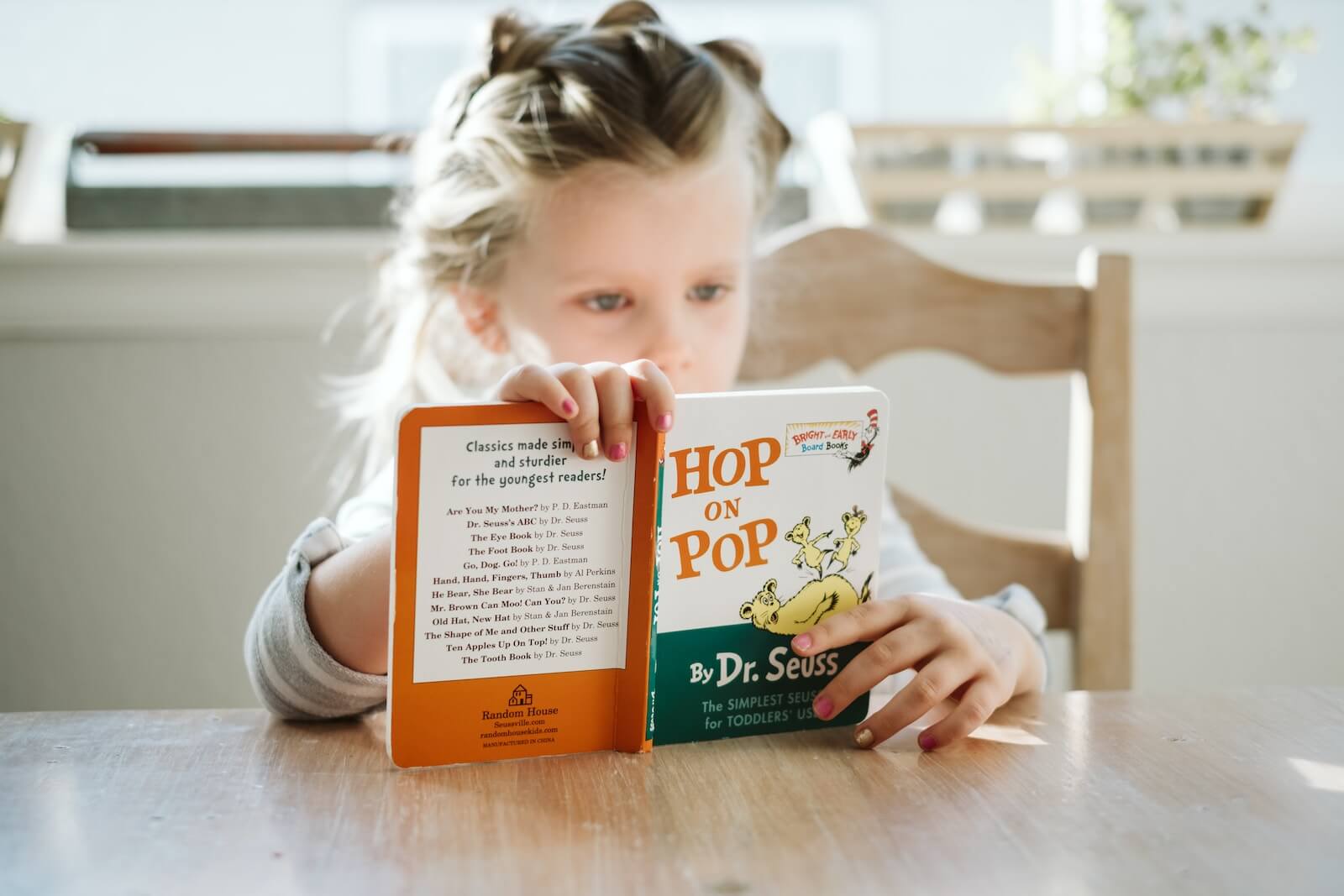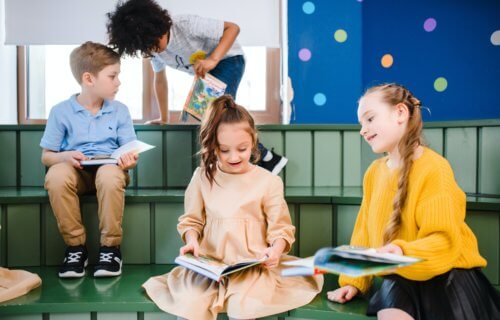TRONDHEIM, Norway — A new teaching method could make sure that every student does well when it comes to reading. Researchers in Norway examined the letter-sound knowledge of children starting school and found significant gender differences across the country, where girls have a clear advantage over boys. The research, conducted by Hermundur Sigmundsson, a professor at the Norwegian University of Science and Technology’s Department of Psychology, highlights the implications of this discrepancy, as girls also maintain superior reading skills compared to boys by the age of 15.
“We see these differences in all categories – for upper case and lower case letters, for the names of the letters and for their corresponding sounds,” explains Sigmundsson in a university release. “Girls’ letter-sound knowledge is clearly better than that of boys, and girls remain far better readers than boys at age 15. Since reading is key for so many subjects, this has major consequences for many boys.”
However, the situation is quite different in Iceland. The study shows that there are no gender differences in letter-sound knowledge among first graders in Iceland.
“We find no gender differences in letter-sound knowledge in Iceland when children start first grade,” states Sigmundsson.
This equality extends to reading skills in general, including letters and sounds.
“We found that over 56 percent of the children in Iceland had already cracked the reading code by the time they started school. There were no gender differences here either.”

The disparity between the two countries can be attributed to the early focus on letters and their corresponding sounds in Icelandic schools. Sigmundsson advocates for introducing a similar approach in Norway, where the emphasis is often on looking at whole words in context rather than mastering letters and sounds first.
The researchers used an assessment of letter knowledge developed by Norwegian special education teacher Greta Storm Ofteland to measure these skills. The results obtained from this test have been published in five international articles to date.
Furthermore, the study’s findings laid the foundation for a new learning method known as READ or LESTU, which has garnered international attention for its positive results through the Icelandic project “Kveikjum neistann!” (Ignite the spark!). The researchers implemented this method with first-graders during the 2021-22 school year.
“After the first year in Iceland, everyone in our project had cracked the reading code,” says Sigmundsson. “This is a very good starting point for further reading development, which focuses on reading comprehension, creative writing, and pronunciation.”
The following year, 98 percent of pupils had mastered the reading code, indicating the method’s effectiveness.
A crucial aspect of the READ method involves individualized instruction, with baseline readings conducted at the beginning of the first school year, followed by measurements in January and May. The goal of the Icelandic project is for 80 to 90 percent of students to be proficient readers by the end of 2nd grade, including the ability to read and comprehend text. Remarkably, the project achieved this target with the children who started in first grade in the autumn of 2021, eliminating the gender gap.
The success of the READ method in Iceland serves as an example of how personalized instruction and an early focus on letter-sound knowledge can improve reading skills among children, providing a solid foundation for their future educational development.
The study is published in the journal Acta Psychologica.
You might also be interested in:
- Best Dr. Seuss Books: Top 5 Children’s Rhymes According To Experts
- ‘Berenstain Bears’ tops list of Americans’ favorite books from childhood
- Kids who love reading have bigger brains, become happier and smarter teens


How does this differ from phonics?